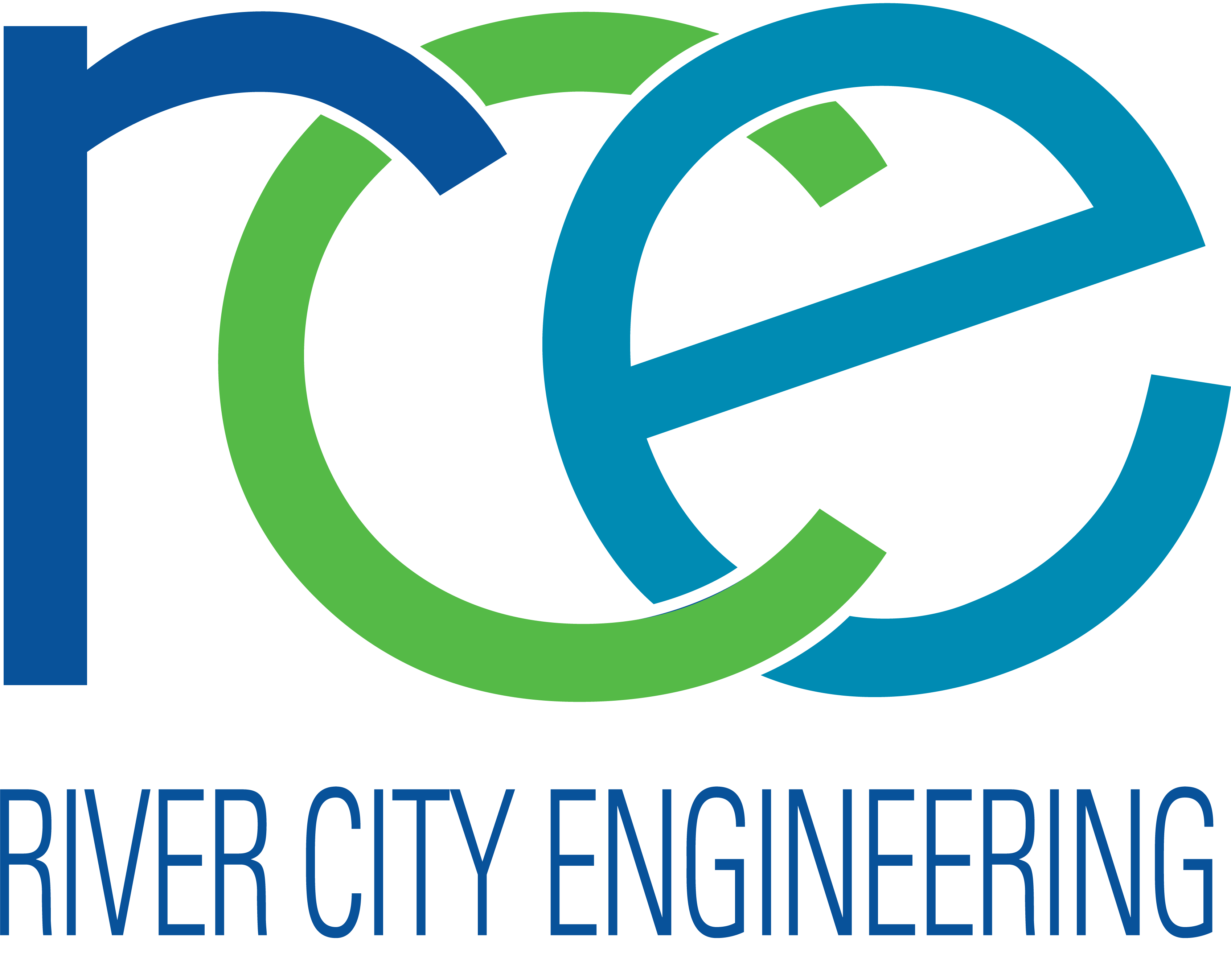RCE was supporting it’s client as owner’s process engineer on a large project. During early P&ID reviews RCE noted to the EPC Contractor that the heat exchangers were not protected with fire PSV’s as required by ASME code. Their reply for not needing PSV’s on these exchangers defies all practical thinking and normal process logic. So it is worth sharing so everyone clearly understands.
Let me describe the process scenario. The exchangers in question are fed by a pump that has among other things check valves on the discharge. So following normal practice we cannot take credit for the check valve leaking. Even if it did we would then have to assume the leak was large enough to protect the exchanger and that the pump could backflow a large enough quantity and that the suction controls did not further defeat that scenario. Downstream of the exchangers was a fail closed level control valve. This valve, they argued, citing API-521 4.4.8.2, would “remain in the position required for minimum normal processing flow”, and that the valve was out of the fire zone.
First, the cited capacity credit they used is typically only used on excess inlet or blocked discharge type of PSV sizing scenarios. Never in a fire case because you will probably shut the plant down if you have a fire!
Second, as mentioned above, when you have a fire you are likely going to shut the plant down. Since these are level control valves, once the inlet flow to the plant is stopped they will close on normal control action, assuming they are still controllable.
Third, they are fail closed valves and there is a fire. They said they were outside the fire zone, but that is not the case. They are outside the immediate area around the exchanger, but per API the fire zone area should be 2500 to 5000 sq ft, that is 50 to 70 ft rectangle. For maintenance reasons and just logical piping arrangement, the level control valve should not be that far away.
Fourth, even if it is assumed that the valve is outside the fire zone and as such the fire does not melt the tubing so the valve remains operational, in a fire situation I don’t think we can rely on the instrument air system being operating and providing the needed air pressure to hold the valve open (if it were in manual).
Fifth, the exchangers have block valves and a bypass around them. Therefore, all the arguments they claimed would be mute. Given we would agree that typical operating procedures would be to drain the exchanger once it is blocked in, these exchangers operate at very high temperatures so there would probably be some delay to allow them to cool first to make the draining process (using hoses) safer.
Lastly, they failed to fully read and understand API-521 as it clearly states in section 4.4.13.2.4.1 that “It is typically assumed that the vessel is isolated during a fire” .
Sometimes we just have to shake our heads and wonder. Obviously the EPC Contractor is trying very hard to avoid the cost of a few PSV’s since that hurts their profit margin. But I believe the normal engineering practice supported by clear industry standar
